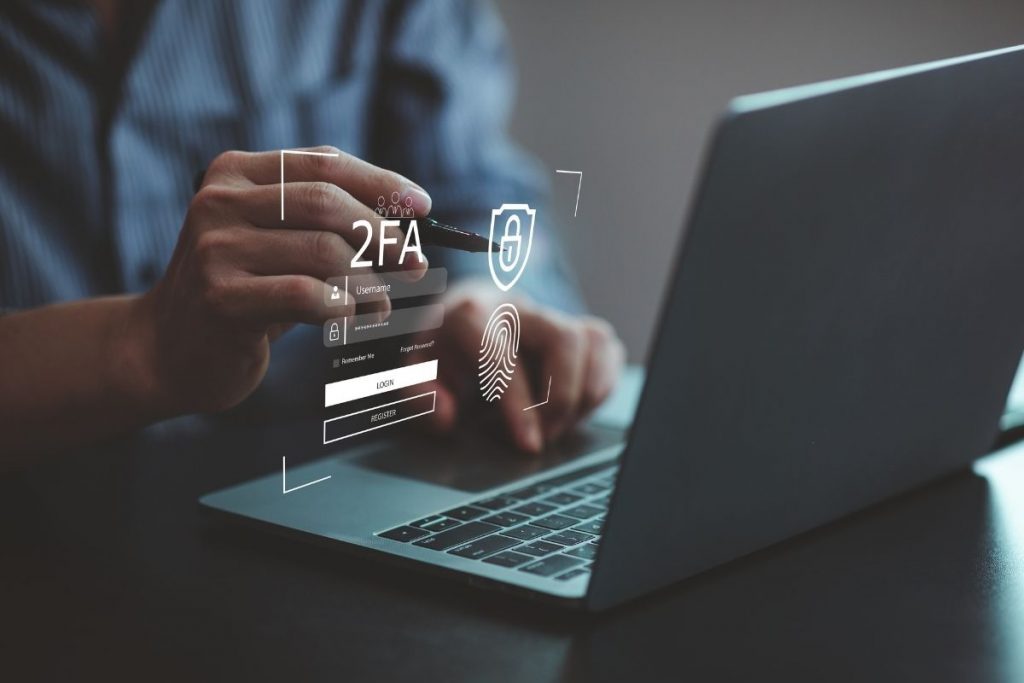In this ever-changing digital landscape, an abundance of opportunities have surfaced, as well as risks in terms of data security, a pressing concern that should not be overlooked. As companies and governments have been digitizing enormous amounts of personal information more than ever, hackers have become increasingly adept at accessing those networks to steal sensitive documents – posing severe risks of fraud or even malicious intent on a much broader scale. In fact, according to GOV.uk’s 2022 Cyber Security Breaches Survey, 38% of micro-businesses reported experiencing some cyberattack within the last year, with 82% involving phishing activities specifically. It makes vulnerability assessment vital for businesses to protect their data against unexpected cyber attacks. In this blog, we shall take a closer look at what vulnerability assessment is all about and how it helps to keep your data in control.
What is a vulnerability assessment?
Vulnerability assessment plays the most critical role in risk management, within a software quality assurance process designed to identify and address any existing or potential security weaknesses in the information systems, including your networks, applications, hardware, software, etc. By classifying and prioritizing these risks, we can develop effective remediation strategies for a safe digital environment.
Vulnerabilities assessment tools
Multiple vulnerability assessment tools evaluate and target specific security threats that are typically well-rounded: web application scanners, protocol scanners, and network scanners.
In which web application scanners scour for weaknesses within an application itself and security misconfigurations and out-of-date libraries. Dynamic application security testing (DAST) and static application security testing (SAST) are the two major approaches to discovering vulnerabilities in web applications. DAST is a form of security testing which analyzes vulnerable endpoints as the application runs on production, also referred to as black box testing. This means it inspects the application from an outside view, much like a hacker would. SAST, on the other hand, is conducted early in the development process to catch potential security issues before they become live. It focuses more on bugs that can be revealed through code reviews rather than external attacks. Along with these two main approaches, vulnerability assessment can also include using custom security frameworks to measure security efficacy.
Protocol scanners monitor open ports on secure systems and can discover weak encryption protocols or SIMD keys being transmitted over an insecure connection. Finally, network scanners can detect undetected machines or vulnerable applications running on this network. Utilizing all three kinds of security scans creates a comprehensive security system that will help ensure the security of your organization’s data and assets.
Are Vulnerability assessments and Penetration testing the same thing?
Believe it or not, these terms are often used interchangeably by most IT professionals, and they are oddly similar but technically not the same. A vulnerability assessment identifies security vulnerabilities and flaws in systems or networks that can exploit security weaknesses and suggests solutions to eliminate these loopholes. At the same time, a penetration test exposes these security vulnerabilities by simulating an attack by actual human beings to discover potential security breaches.
Compared to vulnerability assessment, penetration testing – a goal-oriented approach that tends to be much more aggressively intrusive by the heavy use of security tools- is often done manually over a long period of time. It provides a snapshot of how effective existing security programs are. The fundamental characteristics of vulnerability assessments are automated, short time duration, and can be scheduled to run regularly. Vulnerability assessments are designed to not only identify security weaknesses to improve security systems but also to develop a more comprehensive security program.
Therefore, it is important to understand that vulnerability assessments and penetration tests may provide similar information concerning security threats. Still, they must be used in conjunction with each other in order to ensure your business’s full security protection.
How to conduct a vulnerability assessment?
Defining and planning the scope of testing
Always plan ahead. This is not excessive but instead realistic.
Before embarking on security testing, the scope of security testing must be carefully defined and planned. Defining and planning the scope of security testing involves determining what needs to be tested, how it should be tested, and the timeline for performing the security tests. The information gathered during this process will inform the security assessment strategy and determine who will have access to the system or application being tested. It’s also fundamental to consider a predefined set of rules that govern security testing so that testers can stay within acceptable boundaries while conducting the security tests. Achieving a successful security assessment requires careful planning, consideration, and know-how.
At this stage, you should have figured out all the below, including but not limited to:
- Identify the most trustworthy place to store your most sensitive data.
- Discover hidden sources of data.
- Identify which servers run mission-critical applications.
- Identify which systems and networks to access.
- Review all ports and processes and check for misconfigurations.
- Map out the entire IT infrastructure, digital assets, and devices.
Vulnerability identification
Launch a vulnerability scan of your IT infrastructure, then make a detailed list of the underlying security threats. One of the most important factors in this step is getting automated vulnerability scanning and a manual penetration test to validate findings and minimize false positives. Some of the automated vulnerability scanning tools that might help you are Acunetix, beSECURE, OpenVAS, and Nexpose.
To effectively address security threats in your IT system, it is necessary to initiate security testing. Doing this involves conducting an automated vulnerability scan and a manual penetration test of your IT infrastructure to get comprehensive security insights. Fortunately, powerful automated vulnerability scanning tools available off-the-shelves, such as Acunetix, beSECURE, OpenVAS, Nexpose, etc., can be used to access and give valuable information on the security risk postures of your systems and networks.
Analysis
Thanks to technological advancement, all scanning tools provide detailed results and in-depth reports allowing you to create the right security plan and make informed decisions on what needs to be done for you to protect your IT infrastructure against future attacks.
CVSS (Common Vulnerability Scoring System) is a standardized security rating system designed to provide an easy way to evaluate security vulnerabilities and is often used by most scanning tools. The numerical score derived from this system can be used to compare security threats and prioritize security testing. It offers valuable insight into the risk factors associated with each vulnerability, including severity, urgency, potential damage, and risk. As such, it provides the development teams with the information they need to make timely decisions on which vulnerabilities need to be addressed first. Access to this trusted qualitative measure helps security teams deploy the utmost security strategy for the products/projects.
Treating the vulnerabilities
Once vulnerability assessment has successfully identified the threats, it’s time to address and get them fixed, which either remediation or mitigation can do. Remediation involves fixing security issues, either by removing security threats or implementing security measures to protect against them. The process involves changing the security state of a system to ensure that identified gaps are minimized or eliminated. Doing this may include patching, updating security configurations, disabling unused applications and services, encrypting data and communications, etc.
Mitigation, on the other hand, involves accepting the risk as part of normal operations and attempting to minimize its impact. Both approaches have their own advantages; mindfully consider which is best suited to resolve the breaches and ensure optimal security of your system moving forward.
What happens if a patch isn’t available to fix newly discovered vulnerabilities? In these scenarios, remediation and mitigation shall be applied parallelly. While mitigation is the effective means of temporarily blocking the issue/ problem/ error, the developers need to eventually remediate threats properly with the appropriate technology fixes to bring the system up to an acceptable security level.
Seeking help from Third Party software testing services company providers
When all in doubt, found the ally. Professional IT help in risk management would protect your organization from unforeseeable data leaks, better safeguard cybersecurity strategies, provide greater access to expert resources, and far more beneficial impacts that we have shortly discussed in the previous blog on “The Big Debate: Should You Outsource Your IT or Keep it In-House?”.
Even though we tend to assume cybersecurity is something that only big companies and corporations must be worried about, the truth is cyberattacks happen to all organizations regardless of their size. It gets worse as businesses have started to actively take their products and services online, approaching more customers as well as cyber threats. Implementing strong security measures should always be a top priority for businesses. By regularly conducting vulnerability assessments, executives and business owners can ensure they are aware of any risks or potential threats to their organization’s digital transformation journey. Neglecting to do so could result in costly damages that could have otherwise been avoided had the proper precautions been taken.
If you don’t have the necessary resources to do it yourself, don’t hesitate to seek help from third-party outsourcing vendors – SHIFT ASIA, the leading Offshore IT services provider. Not only does SHIFT ASIA have experienced experts and the latest tools, but also follows strict standards in the vulnerability assessment process. We apply the OWASP Top 10 standard in scanning for flaws and reporting, striving to bring the best security product to customers. Contact the SHIFT ASIA support team for your assistance. Cybersecurity might seem like a daunting task, but with the right tools and partners by your side, you can definitely keep your business safe from harm.
ContactContact
Stay in touch with Us





